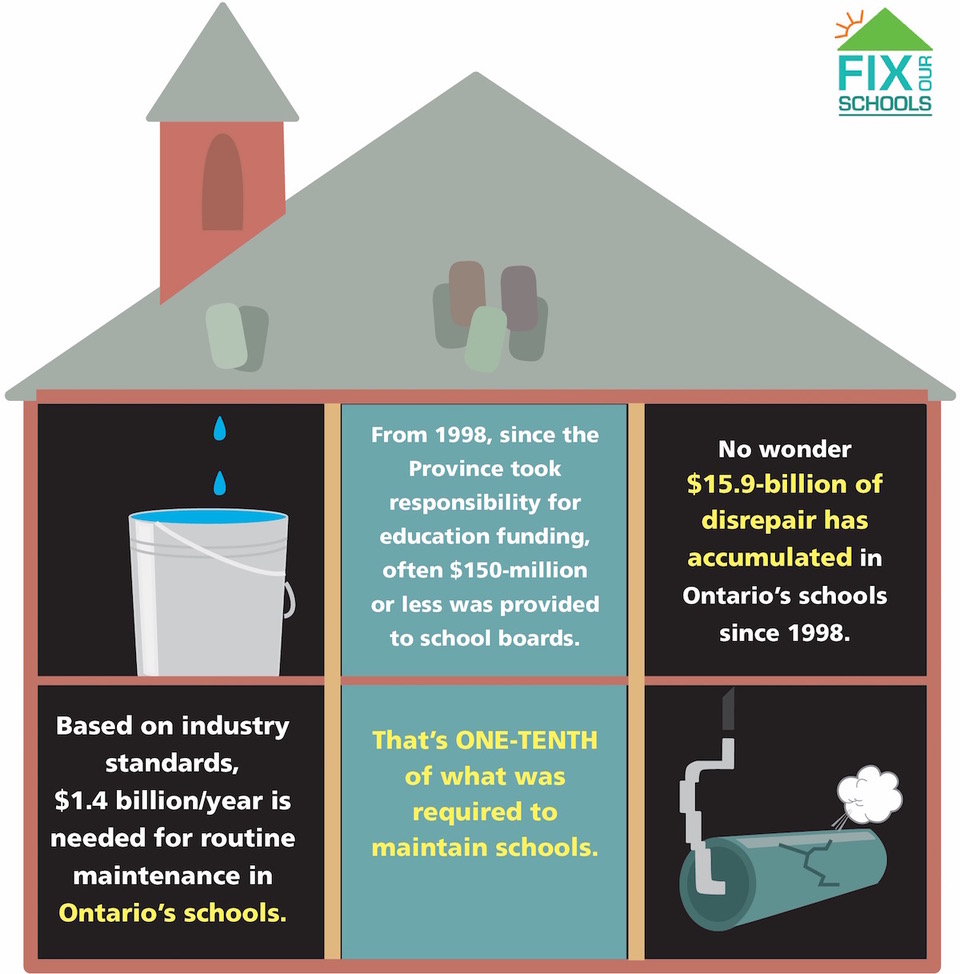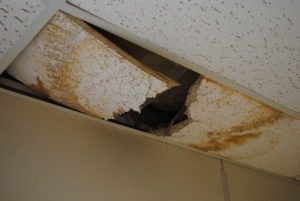Premier Ford Prorogues Legislature Until October 4
In the midst of the fourth wave of the COVID-19 pandemic, the return of almost 2-million Ontario children to schools that have been closed since April is pivotal for students, parents, teachers and education workers across the province. However, Premier Ford felt this was the right time to prorogue provincial legislature until October 4, when our MPPs were meant to be back at work on September 13.
According to the September 3 article in the Toronto Sun entitled, Ontario government prorogues legislature until after the federal election”, NDP and Green Leaders Andrea Horwath and Mike Schreiner both expressed that Ford’s move was irresponsible and an abdication of responsibility.
“It’s bad enough that Doug Ford has gone into hiding for over a month, now he is choosing to hide his entire government,” said Horwath.
Schreiner added, “When the times are tough and Ontarians need support, Doug Ford and his government run for the shadows.”
Mitigating COVID-19 Risks in Schools
Sabina Vohra-Miller, MSc. in Clinical Pharmacology, runs a non-partisan blog called Unambiguous Science, with the goal of “helping people navigate the current anti-science vortex by breaking data down into posts that are easy to understand”. She released a helpful blog this past week entitled, “Safe Schools – Advocacy and Considerations” to assist parents in advocating for mitigation strategies and in navigating the complexity of return-to-school amidst the fourth wave of the COVID-19-pandemic. Vohra-Miller included the following two graphics to clarify how schools can be mitigating COVID-related risks, and to outline considerations for families as children head back to schools.
Ventilation has been a key concern for us at Fix Our Schools, and we will continue to cover this important topic in the coming weeks and months. At the moment, we believe that our provincial government must provide the required funding and resources to ensure school boards gather measurements on ventilation and indoor air quality in all classrooms to compare against a provincial standard. Without knowing the outcome of ventilation improvement efforts and having a standard that all Ontario schools must meet, we simply have no way of knowing whether the ventilation and indoor air quality in a given classroom is sufficient to reduce the spread of COVID.
Ontario’s University of Guelph has been incredibly transparent about how they are preparing for your safe return, stating that, “Physical Resources has assessed ventilation in all classrooms scheduled for use this fall. Before classes begin in September, all classrooms that will be in use will have ventilation measures in place that provide for the equivalent of six outside air changes per hour (ACH). Air movement and, in some cases, air purifiers will allow these spaces to reach this ventilation target – a measure equal to the standard in place for medical examination rooms.” As of August 12, 2021, anyone can view detailed ventilation measures in all University of Guelph classrooms to track progress towards meeting the 6 ACH standard.
The example of the University of Guelph, which has many other funding options at its disposal beyond the provincial government, provides a stark contrast to Ontario’s publicly funded schools, which rely exclusively upon provincial funding. The University of Guelph has set a standard of 6 air changes per hour (ACH), the same standard in place for medical examination rooms, and then has been taking the measurements in classrooms to ensure these standards are met. When will our provincial government provide the standards, funding and resources for public schools in this province to ensure that indoor air quality and ventilation is at an appropriate level in all Ontario’s classrooms?
A Long History of Provincial Underfunding for School Infrastructure
Chronic and gross underfunding from Ontario’s provincial government for school infrastructure has led to a $16.8-B repair backlog in Ontario’s schools. This massive repair backlog does not even include issues such as classroom temperatures and humidity, accessibility issues with the vast majority of Ontario’s schools, technology gaps, or the state of portables, the conditions of which are never assessed.
When Fix Our Schools began in 2014, provincial funding for school renewal and repair was only $150-M/year for all Ontario school boards – an amount that was ONE-TENTH what industry standards suggest the bare minimum amount of funding ought to have been to keep Ontario’s schools in decent shape. To the credit of the previous provincial government, they did increase this annual amount significantly back in 2016 to $1.4-B/year – the amount industry standards recommended as the bare minimum. However, as Fix Our Schools has repeatedly pointed out – this annual funding level is still insufficient to make up for the 20+ years when funding was grossly inadequate and during which time a $15-B repair backlog accumulated in Ontario’s schools. So, unsurprisingly, despite the ongoing $1.4-B/year of provincial funding for school renewal and repairs, the repair backlog for Ontario’s schools has continued to grow year over year to a gob-smacking $16.8-B.
Check out the latest interview that @Fix_Our_School's Krista Wylie did with City News @McAllister_Mark about the growing backlog of repairs in #Ontario schools.
Under Ford gov't the school repair backlog has grown to almost $1 BILLION. 🧵https://t.co/Hq4JrN1NCq— Fix Our Schools (@Fix_Our_Schools) September 8, 2021
The COVID-19 pandemic has certainly laid bare the importance of school buildings for the health and well-being of students, teachers and education workers. As we head into another school year amidst the COVID-19 pandemic, City TV Toronto covered the issue of disrepair in schools on September 7, 2021. They revealed that the schools in the Toronto District School Board (TDSB) and the Toronto Catholic District School Board (TCDSB) combined have close to $5-B of disrepair. Fix Our Schools was interviewed for this segment, and emphasized how the current provincial funding, while a huge sum of money, is simply insufficient if we actually want to eliminate the repair backlog in Ontario’s schools and ensure our publicly funded schools are safe, healthy and well-maintained.
CBC: TDSB repair backlog piling up. According to gov't data, 101+ schools in Toronto cheaper to build new than to repair. "Unequivocally, the lion's share of the solution lies in the hands of our provincial government,"says @Fix_Our_Schools' Krista Wylie. https://t.co/iG1NlaLS3W
— Fix Our Schools (@Fix_Our_Schools) September 9, 2021
CBC Toronto has also started covering this important issue, kicking off a series about the state of TDSB schools on September 9, 2021. John Riete, Angelina King, and Katie Swyers provided a comprehensive and concise look at why school conditions matter and the impact of poor school conditions on learning and health. Fix Our Schools provided an overview of the history that has led to a public education system where Ontario schools face a $16.8-B backlog of disrepair.
Krista Wylie, the co-founder of the organization Fix Our Schools, said the solution has to come from Queen’s Park. Since 2016, the province (under the Wynne and Ford governments) has spent some $1.4 billion per year on school repairs across the province, but that funding is split across some 5,000 schools. That price tag may look big, but Wylie said in her view it’s the “absolute minimum, and noted that even with this often cited “historic level of provincial funding”, the repair backlog in Ontario’s schools has continued to grow every year, proving that provincial funding is simply insufficient.




